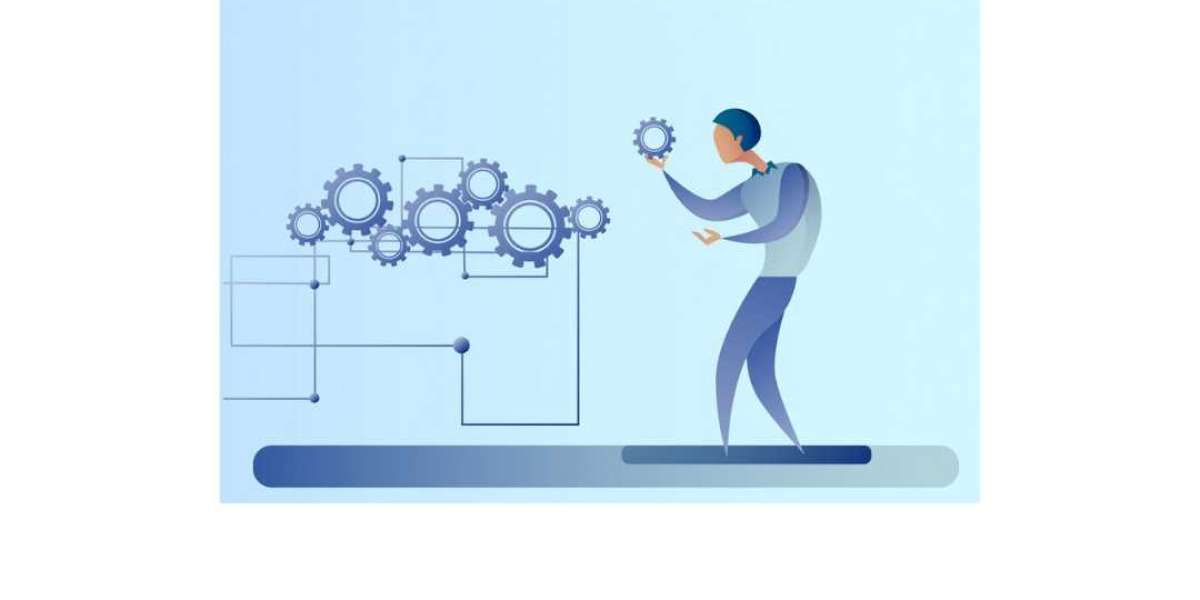SAP carve-outs, while often necessary for strategic reasons, present unique technical challenges that organizations must overcome to ensure a seamless transition. From data migration complexities to system integration hurdles, navigating these technical obstacles requires careful planning and execution. Here's a closer look at some common technical challenges in SAP carve-outs and the solutions to address them:
Data Migration Complexity
One of the most significant technical challenges in SAP carve-outs is the complexity of data migration. Transferring data from the parent company's SAP system to the newly carved-out entity requires meticulous planning and execution to ensure data accuracy, completeness, and consistency. Organizations must develop robust data migration strategies, including data cleansing, mapping, and validation, to mitigate the risk of data loss or corruption during the transition.
System Integration and Compatibility
Integrating the carved-out entity's SAP system with existing systems and applications can pose significant challenges, particularly if there are compatibility issues or disparate technology platforms. Organizations must conduct thorough compatibility assessments and develop integration roadmaps to ensure seamless communication and data exchange between systems. This may involve custom development, middleware solutions, or leveraging SAP's integration tools to streamline the integration process.
Customization and Configuration Alignment
Aligning the customized configurations and business processes of the carved-out entity with the parent company's SAP system can be a daunting task. Organizations must assess the extent of customization in both systems and develop strategies to reconcile differences while preserving critical functionalities. This may involve conducting configuration audits, standardizing processes, and implementing configuration management tools to maintain consistency across systems.
Security and Compliance Considerations
Maintaining data security and compliance with regulatory requirements is paramount during SAP carve-outs, especially when sensitive information is being transferred between entities. Organizations must implement robust security measures, such as role-based access controls, encryption, and data masking, to protect sensitive data from unauthorized access or breaches. Additionally, compliance with industry-specific regulations, such as GDPR or HIPAA, must be carefully evaluated and addressed to avoid legal and financial repercussions.
Conclusion
Successfully navigating the technical challenges of SAP carve-outs requires a comprehensive understanding of the complexities involved and a strategic approach to overcome them. By addressing data migration complexity, system integration challenges, customization alignment, and security and compliance considerations, organizations can minimize risks and disruptions during the transition process. With careful planning, diligent execution, and the right expertise, organizations can achieve a seamless SAP carve-out that sets the stage for future growth and success.








